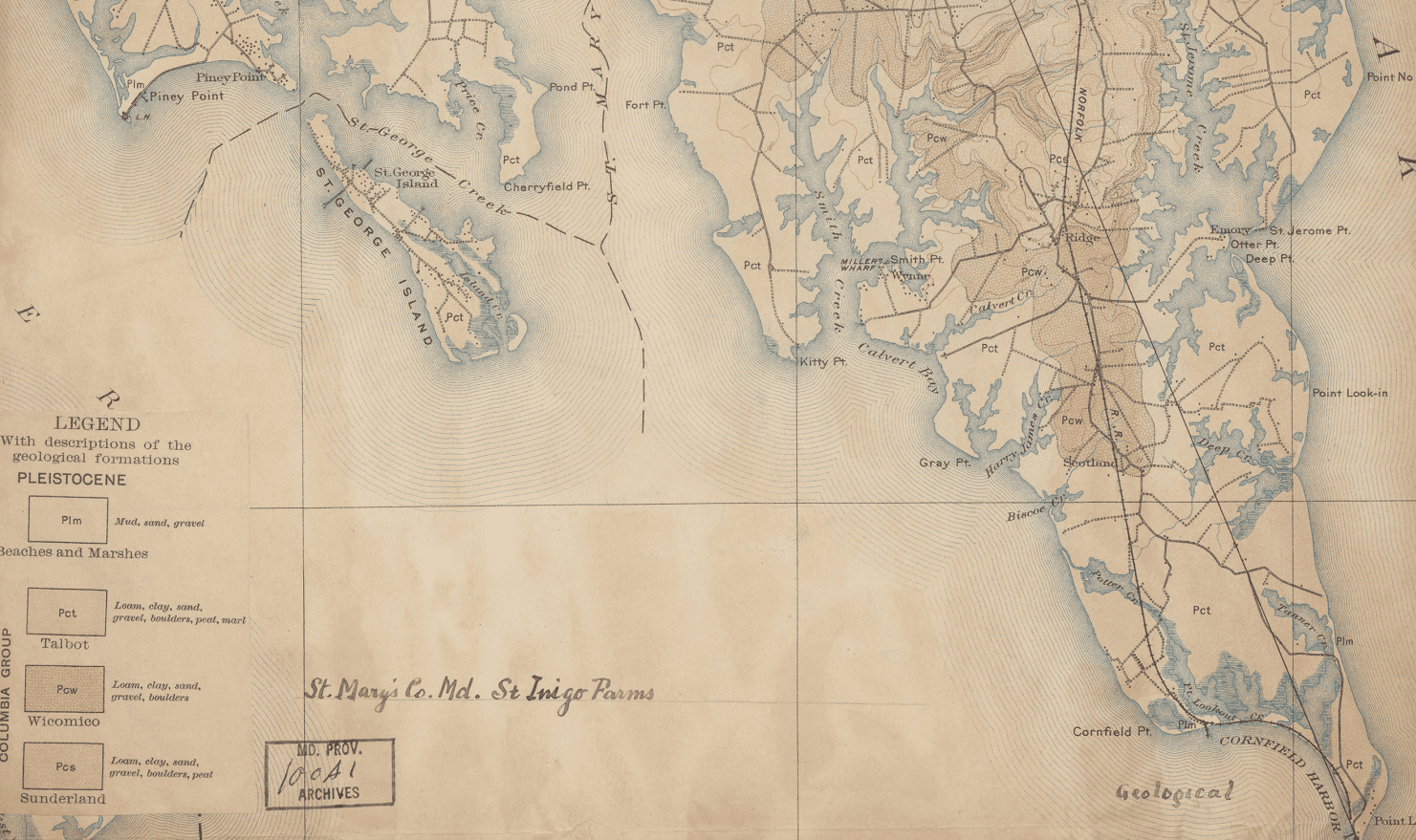Join the AHA
The AHA brings together historians from all specializations and all work contexts, embracing the breadth and variety of activity in history today.
The United States is world-renowned for its universities; an American degree is valued currency in every country. Beginning with Brown University’s creation of a Steering Committee on Slavery and Justice in 2003, it has becoming increasingly clear that America’s oldest academic institutions need to acknowledge that they and their members were complicit with and often participated in the sale of humans. The feature articles in this issue examine several universities’ efforts to address their roles in enslavement. What comes next?
Document: “Slave Manifest of the Katherine Jackson of Georgetown,” National Archives and Records Administration, 46756382, public domain; Photo: Moregane Le Breton/Unsplash.
.png)
Staff
Leland Renato Grigoli, editor
Laura Ansley, managing editor
Lizzy Meggyesy, research and publications assistant
Alexandra F. Levy, communications manager
Liz Townsend, manager, data administration and integrity

October 17, 2022
Features

October 18, 2022
Features

October 19, 2022
Features
.jpg)
October 20, 2022
Features

October 27, 2022
Everything Has a History

October 25, 2022
Viewpoints

October 13, 2022
AHA Activities

October 6, 2022
AHA Annual Meeting
.png)
October 11, 2022
AHA Activities

October 4, 2022
From the Editor, Townhouse Notes

October 5, 2022

October 31, 2022
In Memoriam

October 31, 2022
Letters to the Editor

November 1, 2022
On Contract, Perspectives Daily

November 3, 2022
AHA Annual Meeting, Perspectives Daily

November 4, 2022
Member Spotlight, Perspectives Daily

November 18, 2022
AHA Annual Meeting, Perspectives Daily

November 21, 2022
Perspectives Daily

October 31, 2022
News
The AHA brings together historians from all specializations and all work contexts, embracing the breadth and variety of activity in history today.